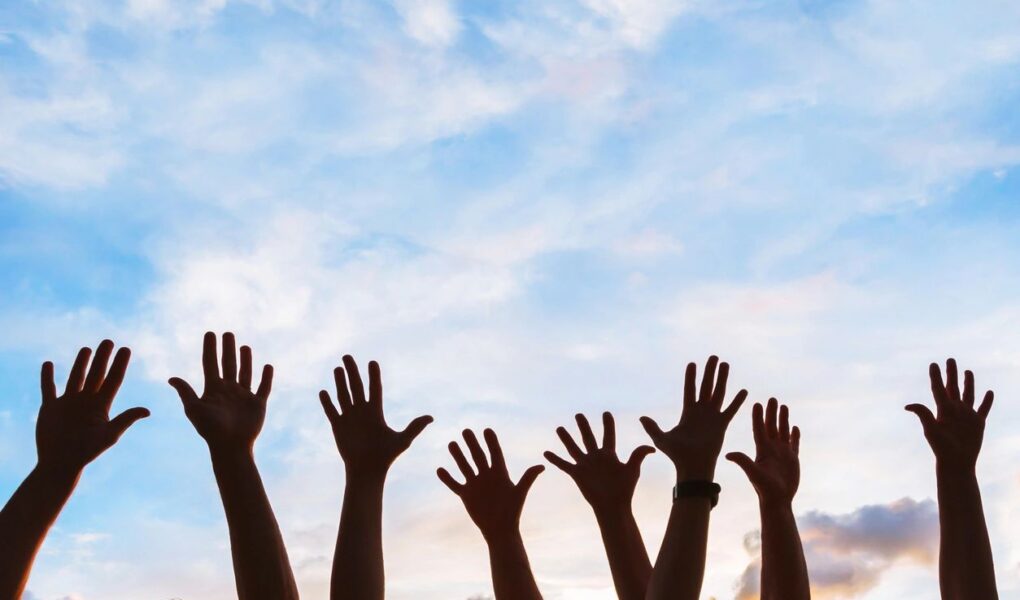Imagine you’re stranded on a small rock just peeking out of the water in the middle of the ocean, not an island or boat in sight and with no idea how to swim. All that goes through your mind as you whip your head around in panic is that a shark is bound to come along and kill you in a gruesome and very Jaws-like fashion any moment now. However, as you worry about this, you very unfortunately forget that the tide is slowly creeping up to submerge your small refuge and will much more likely cause your demise than a marine animal credited with an incredibly low number of annual human deaths.
This is similar to how microaggression works. San Francisco State University teacher Alvin Alvarez defined this subdued discrimination as “incidents that may seem innocent and small, but cumulatively… can have a powerful impact on an individual’s mental health”. It is exhibited in “body language, speech, and isolating attitude” and is so dangerous because it’s subtle and subconscious. The subtlety makes it harder to identify and seek accountability for, whereas the subconsciousness means even the perpetrators themselves aren’t often aware of the act they’re committing and therefore won’t feel any motivation to reform. Like the tide, it goes slowly and often unnoticed, but is ultimately incredibly harmful.
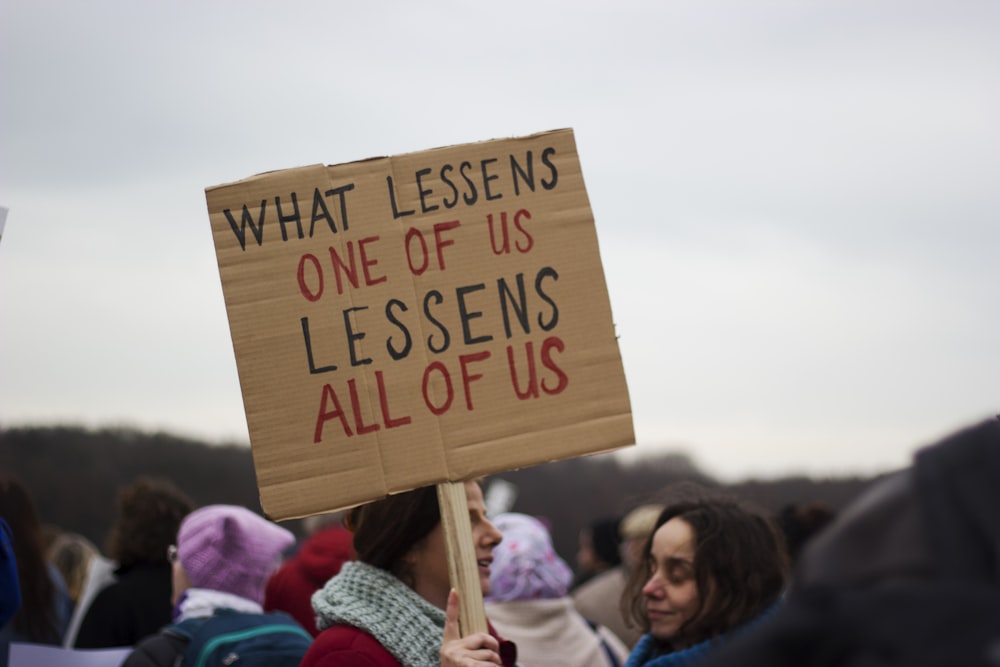
Some Forms of Microaggression
1. Stereotyping
Stereotyping is the act of generalizing a group of people in a rude of often offensive manner. The problem with this is that it is often passed up as a “joke”— something harmful yet not to be taken seriously.
While often directed towards women, sexism definitely goes both ways, making male and female stereotyping one of the most common types of subtle discrimination. These can be found when people direct remarks like “Women just aren’t built for this kind of work” or “Aren’t you supposed to be home with your kids?” towards women or ones like “Man up” and “Why are you working a woman’s job?” towards men.
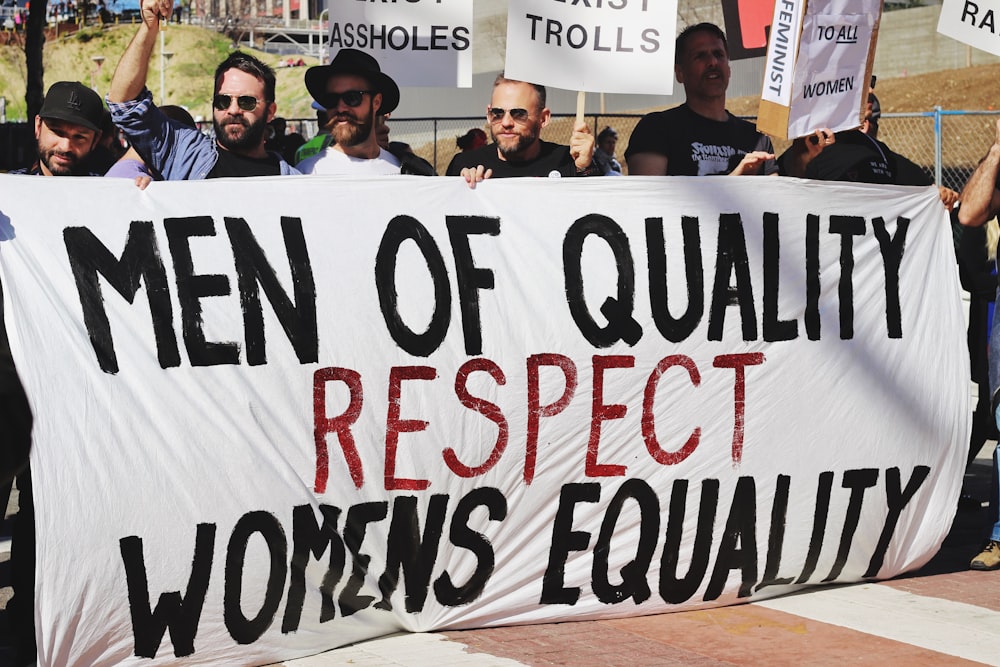
Dictating who a person should or should not be based only on their sex limits their individual right to freedom and prevents them from reaching their full potential. We should all strive for a society wherein people are able to chase their dreams and live their lives the way that makes them happy without receiving eye rolls and raised eyebrows.
“Achieving gender equality requires the engagement of women and men, girls and boys. It is everyone’s responsibility.” – Ban Ki-Moon
2. Ignorance or Differential Treatment
Ignorance and differential treatment manifest both physically and socially, both of which are an indirect way of telling someone that they are unworthy of consideration and respect.
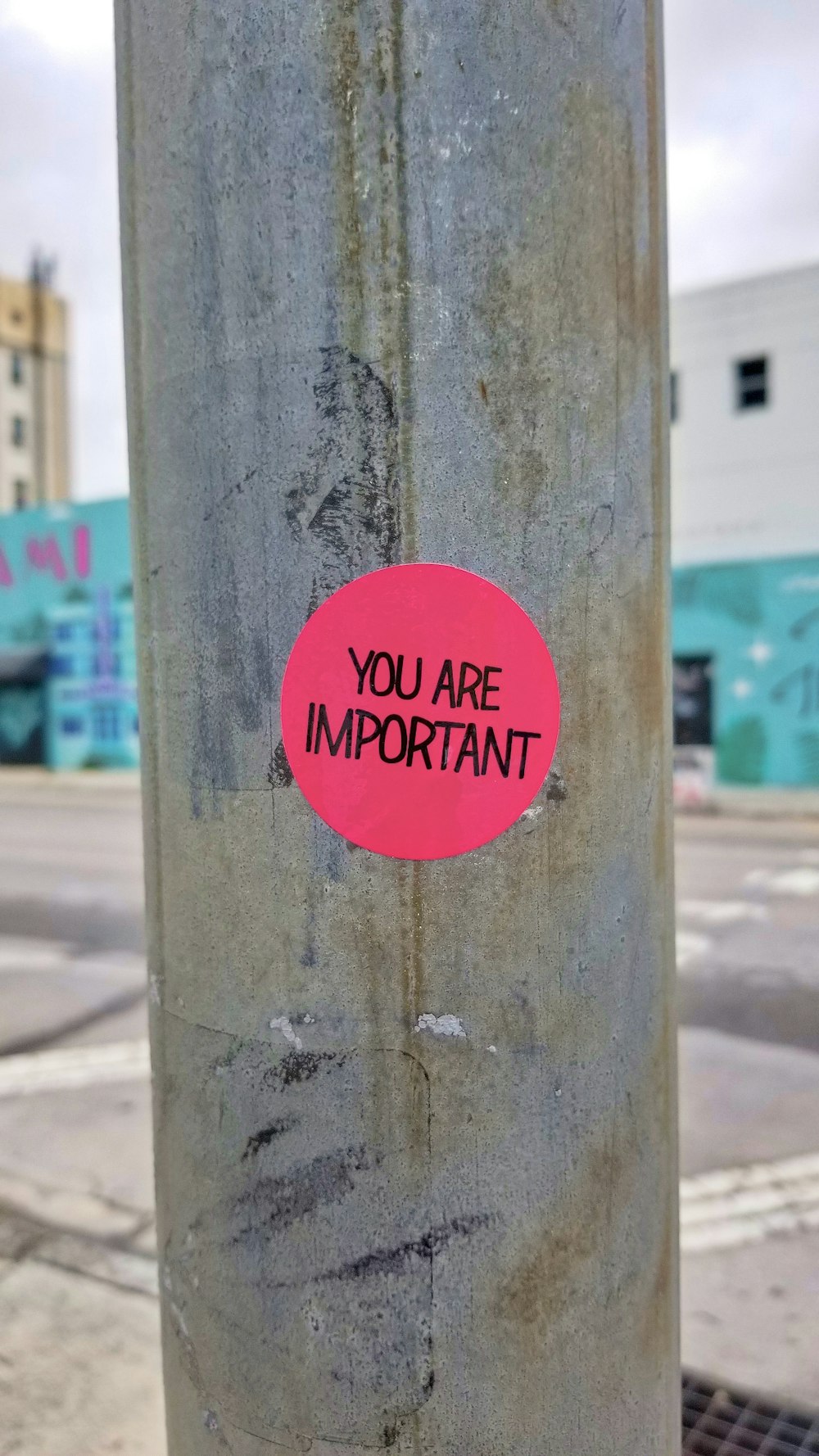
Physically, it can be found in situations like a saleswoman not paying a customer of color any attention but immediately being more than enthusiastic to serve a white one. The social manifestation, although less common, can be identified in the disregard of the struggles of people who are discriminated for reasons different from yours. For example, a Muslim may claim that an Asian American Christian does not struggle from discrimination, discounting the fact that the latter may suffer from racial discrimination rather than religious.
Everyone is fighting their own battle, to be free from the past, to live in their present, and to create their future. So have a heart. – Anonymous
3. Unfounded Suspicion and Wariness
Finally, microaggression may be found in being overly critical or suspicious of a person due to their race, gender, or religion. This manifests in the smallest of forms, from rereading a female coworker’s article a couple more times than you did her male counterpart’s because it’s simply impossible to you that there are no errors present to gripping your phone a little tighter when a black man passes you on the sidewalk.
A concrete example of this form of subtle discrimination from ThoughtCo is when black college student Daniel was asked by the manager of the apartment he lived in not to listen to music on earphones as he traversed the grounds, following some complaints filed by fellow residents. However, none of the white students who committed the same act were asked to do the same. This is a sure indication that Daniel’s skin color was the reason people weren’t comfortable with his actions, as they subconsciously associated him with their discriminatory image of the quintessential “thug”.
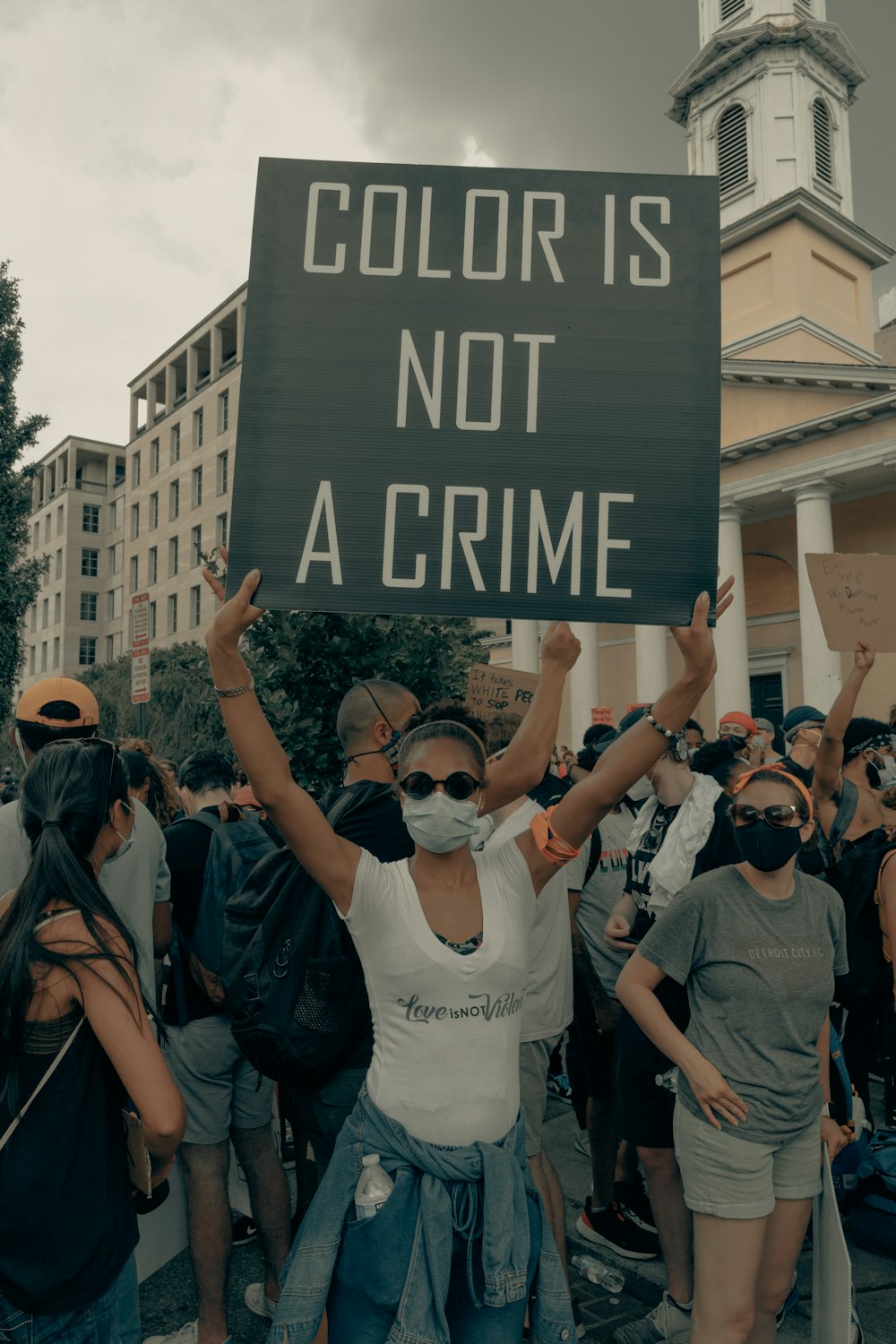
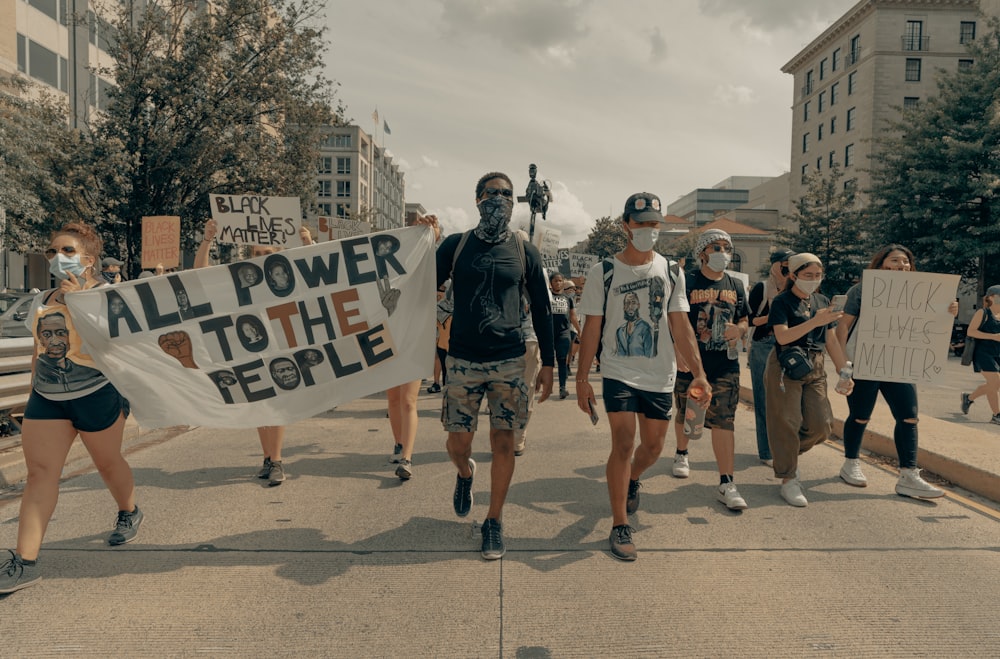
How the Problem Can Be Solved
If you have ever experienced or witnessed microaggression, speak up. Make it an issue. Never simply “let it slide”. Know your worth and your rights and make sure that others know when something they’ve said or done isn’t okay. Because of its subtlety and because of the fact that perpetrators cannot truly be punished for their acts, this problem is more difficult to solve than the more violent and open acts of discrimination. It is only through education and expression, then, that we all may finally live in a society free from the chains of discrimination that have plagued billions for all of human history.
“No one is born hating another person because of the color of his skin, or his background, or his religion. People must learn to hate, and if they can learn to hate, they can be taught to love, for love comes more naturally to the human heart than its opposite.” – Nelson Mandela

